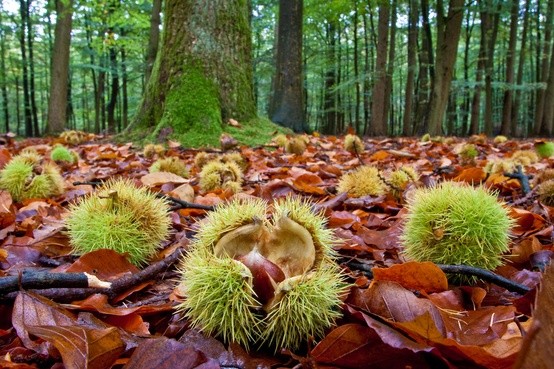
CHESTNUT OF MONTE AMIATA (IGP)
It is an Italian fruit and vegetable product with a protected geographical indication. The production area is the western area of Monte Amiata, an extinct volcano that stands out in the heart of central Italy, and in particular in the territories of the municipalities of Arcidosso, Castel del Piano, Santa Fiora and Seggiano and part of the municipalities of Cinigiano and Roccalbegna. Chestnut growing in the area of Mount Amiata has always been widespread, thanks to the particularly favorable climatic conditions, so much so that already in the statutes of the Amiata community of the fourteenth century there are specific rules for the protection and exploitation of chestnuts, both with regard to fruits both with regard to wood. The importance of this crop was motivated by the fact that the chestnut was for a long time almost the source of food for mountain habits at certain times of the year. It is harvested in Autumn.The cultivation is divided into 3 main types of chestnut: brown, red bastard and cecio. Harvesting is done by hand or with suitable mechanical means, in order to safeguard the product. In the collection centers, the fruits are left to ferment in water at room temperature for about 4-7 days, and then dried in the sun, on a layer laid on the asphalt, which absorbs the sun's rays and works with fast and dry drying. effective; if it rains, chestnuts are placed in ventilated cells inside special containers. The selection phases follow, with which of the chestnuts are divided into a second part of the weight, and the packaging in bags, which are stored outdoors and in the dry.
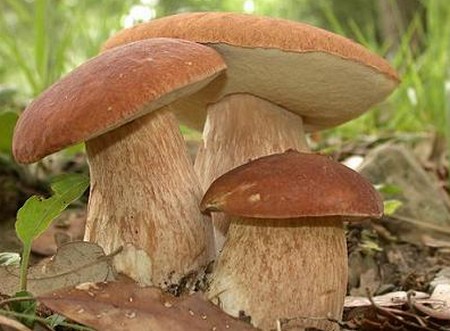
THE AUTOCTONE PORCINO DI MONTICIANO
The autochthonous Porcino mushroom from Monticiano is a natural treasure of the forest and its research reveals a centuries-old activity of the locals. Inside the estate, you can find many varieties of fine and very good mushrooms.
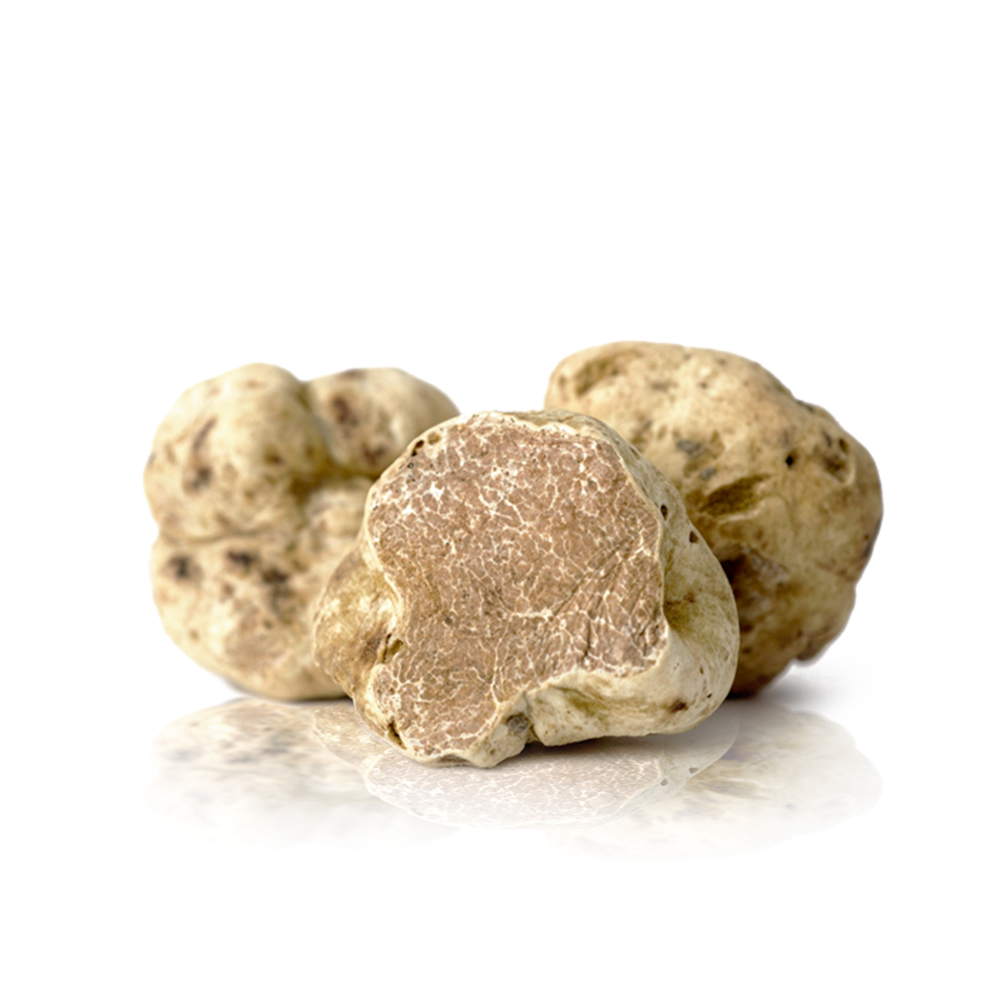
THE VALUABLE WHITE TRUFFLE
The king of truffles that grows very well in Tuscany is the prized white truffle, whose collection runs from 10 September to 31 December, mainly in the areas of the Crete Senesi and Montagnola. This highly prized truffle can cost up to 3000 euros per kilo!! The intense and fragrant flavor and its perfume make it a true excellence of the territory! It is mainly used grated on a hot plate.
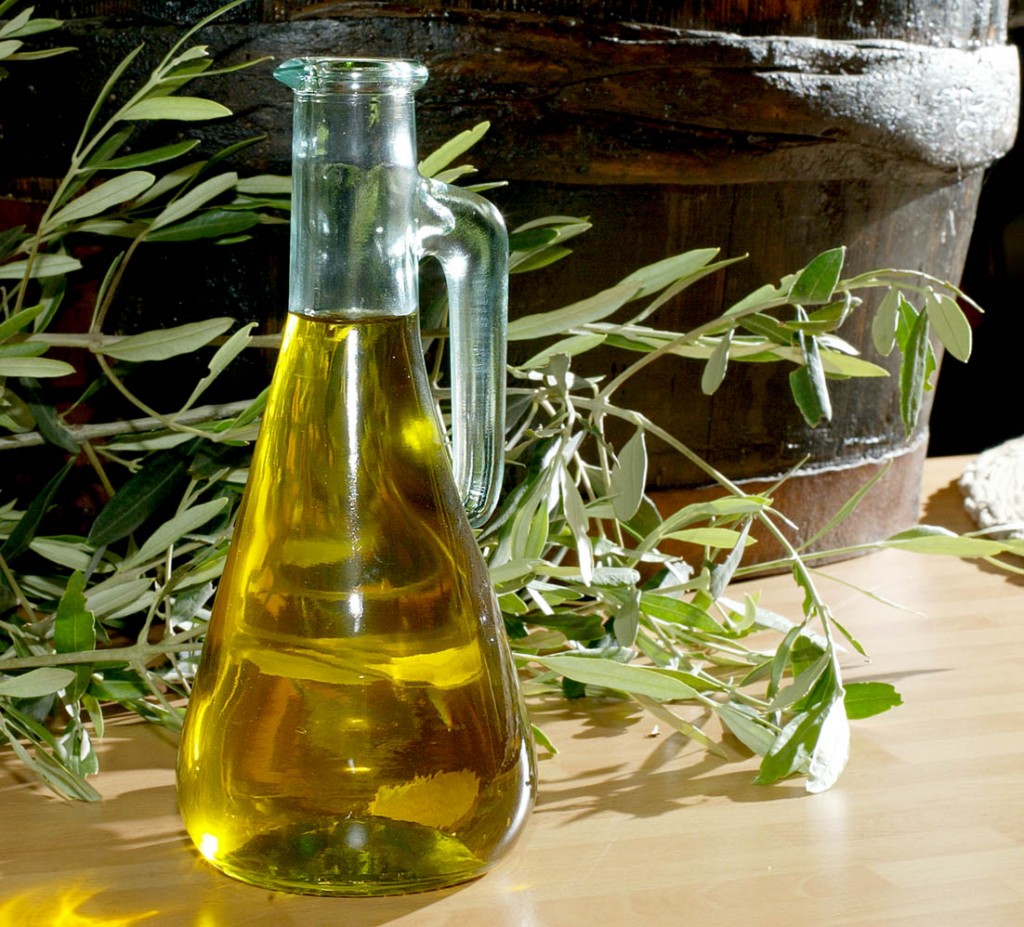
SEGGIANESE OLIVE OIL (DOP)
The protected designation of origin is dedicated to Amiata oils, controlled by the milling of Olivastra Seggianese olives, it has now officially entered the category of large extra virgin olive oils with a certificate of origin. The Seggiano brand oils presented in particular an exclusive and unique DOP, both because it is limited to only eight municipalities in the province of Grosseto, and because they are obtained from a variety with distinctive features so peculiar that they cannot be reproduced elsewhere. The Seggiano DOP Extra Virgin Olive Oil is obtained from Olivastra Seggianese olive cultivars together with other Tuscan varieties. It has a golden yellow color with green tones, with a pleasantly fruity aroma and flavor. In the mouth it shows a sweet base, atypical for Tuscan oils, from which a well-dosed bitter and spicy develops. The main characteristics of this oil are the presence of unsaturated fatty acids (those of good cholesterol), a degree of acidity which, at the time of production, often used below 0.15 and a high degree of shelf life. With the exception of rare vintages, the crop does not undergo attacks by the oil fly or other parasites and therefore does not pay attention to pesticide treatments. Its fragrance is exalted in particular on vegetable and green leaves salads, legumes, cooked vegetables, first courses seasoned with vegetables, indispensable on game, recommended with fish products with a marked sea flavor. Its use in the preparation of mayonnaise and ice cream is interesting. Olivastra di Seggiano is an autochthonous botanical species widespread in the potential territory of Monte Amiata. The cultivar is present above all in the province of Grosseto, at a height ranging from 200 to 650 meters. and concentrated especially in the Seggiano area.Characterized by a system of medium-thick foliage, the Olivastra stands out for the size contained in the color of its olives, reddish-purple during the growth phase and black at the time of maturation. Growing at a high altitude above sea level, it proves early compared to other olive varieties while, unlike these, it only goes into production after fifteen years. The Olivastra plant is a particularly resistant strain: mountain plant, it resists the low temperatures of the Amiata winter. If neglected, the plant tends to grow wild until it has branches on its back: in fact, the cultivar descends from the European Ollea Silvestris, a post-wild form of the cultivated olive tree. Given the particular characteristics of the terroir, attempts to plant this cultivar elsewhere have not been successful.
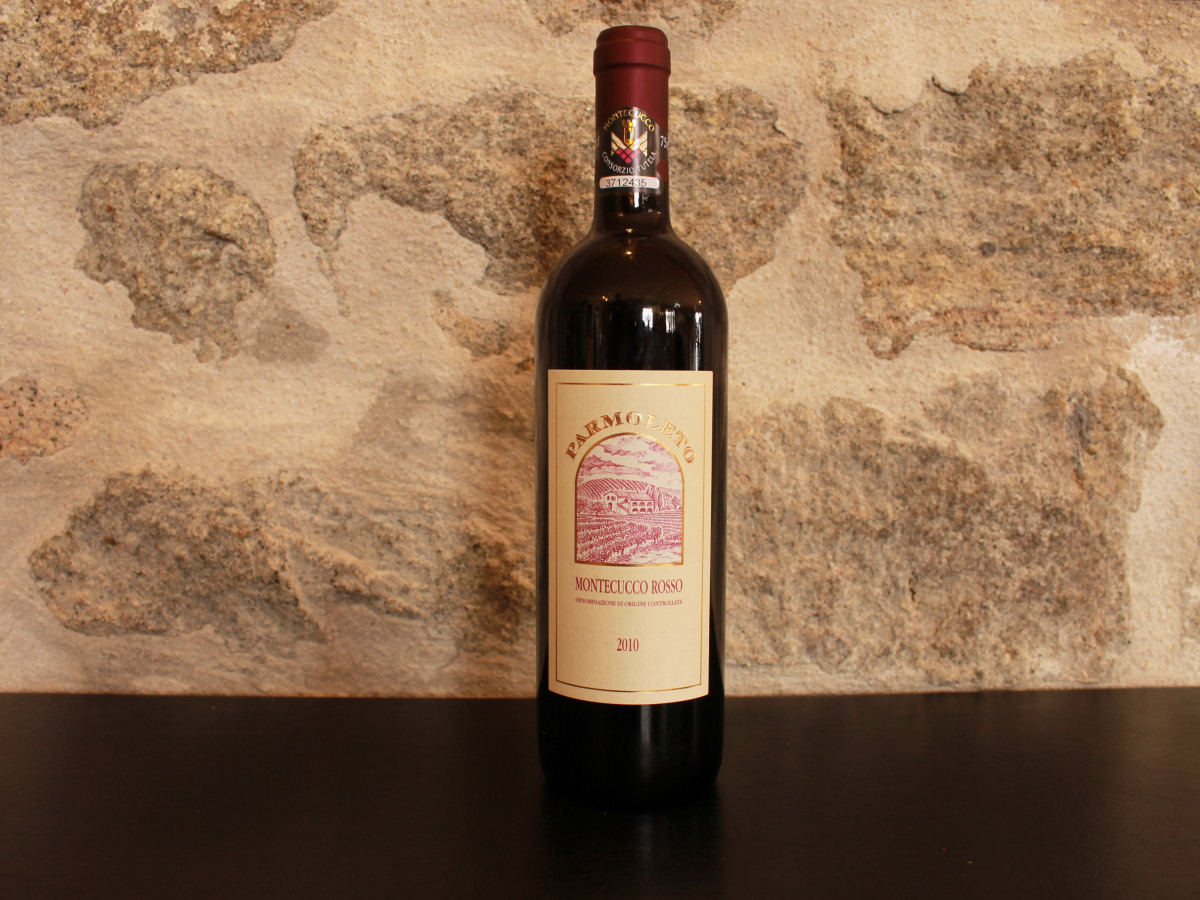
RED WINE MONTECUCCO DOCG
Montecucco Rosso is a DOC wine whose production is allowed in the province of Grosseto. Considered one of the major Italian DOC wines for taste and refinement, it is produced in some municipalities in the province of Grosseto and Siena (especially in the municipalities of Cinigiano and Castel del Piano, on the border with the famous wine town of Montalcino). Meditation wine, game and red meat is a wine that has many similarities with "the most valuable and famous neighbor" of Moltalcino.
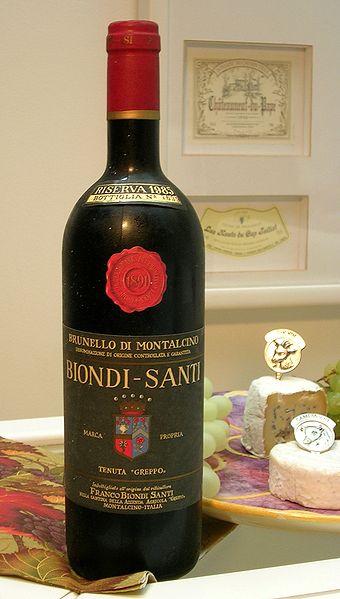
THE BRUNELLO DI MONTALCINO
Brunello di Montalcino is a red wine with Denomination of Controlled and Guaranteed Origin (DOCG) produced in the territory of the municipality of Montalcino in the province of Siena. Brunello di Montalcino can be considered, together with Barolo, the Italian red wine with greater longevity. Brunello is the name that locally gave a Montalcino to what is believed to be a variety of grapes. In 1879 the Ampelographic Commission of the Province of Siena determined, after a few years of controlled experiments, that Sangiovese and Brunello were the same grape variety. In Montalcino the name Brunello was therefore transformed into the designation of the wine produced in purity from Sangiovese DOC grapes . The elegance and harmonious body of the wine provides combinations with highly structured and composite dishes such as red meats, feathered and sleeping game, possibly accompanied by mushrooms and truffles. It also finds an optimal pairing with international meat dishes or sauces. Brunello is also an excellent pairing wine with cheeses: aged tome and structured cheeses. Furthermore, due to its characteristics, it can also be enjoyed as a meditation wine. Brunello di Montalcino wine must be served in large-shaped glasses in order to remove its composite and harmonious aroma. It must be served at a temperature of around 18° C - 20° C. The combination with the Tuscan pecorino is also very interesting.
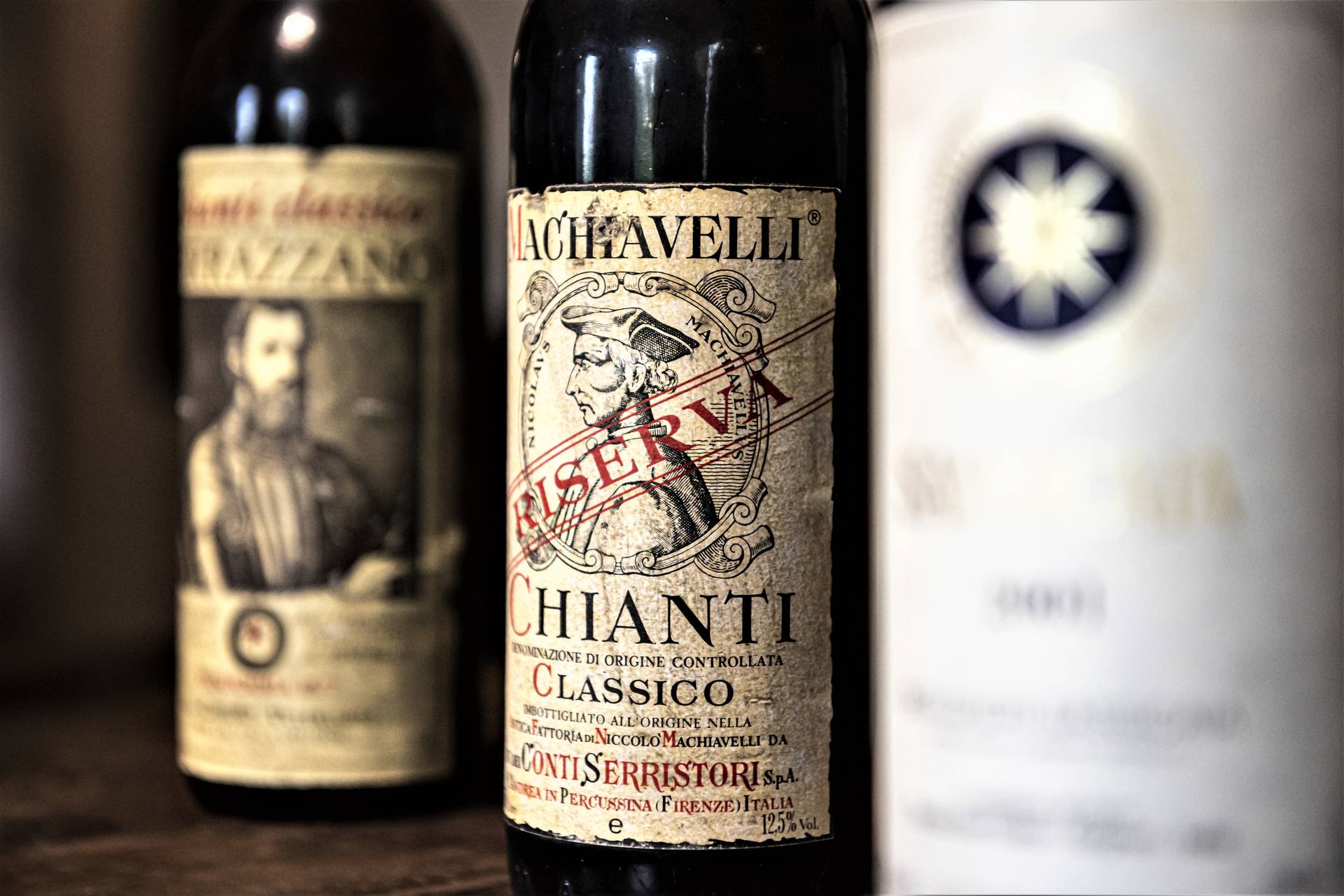
THE CHIANTI CLASSICO
Chianti Classico is one of the noblest wines in the world and frees itself from the name of the land from which it is born, in compliance with the strict rules that protect it and adherence to quality. It is produced in 70 thousand hectares of territory between the cities of Siena and Florence, in an area that embraces 8 Municipalities: Greve in Chianti, Barberino Val d'Elsa, Tavarnelle Val di Pesa and San Casciano in Val di Pesa in the province of Florence; Castellina in Chianti, Gaiole, Radda, Castelnuovo Berardenga and part of the Municipality of Poggibonsi in the province of Siena. The production of Chianti Classico is regulated by the latest production specification (September 18, 1996) with the publication in the Official Journal of the ministerial decree relating to the recognition of the Denomination of Controlled and Guaranteed Origin - D.O.C.G. The Chianti Classico DOCG wine has a bright ruby color, tending towards garnet and a deeply vinous smell. The taste is dry, savory tending to soft velvety over time. The Reserve goes perfectly with roasted red meats, game and great cheeses: classic foods of the gastronomy of this territory since ancient times.
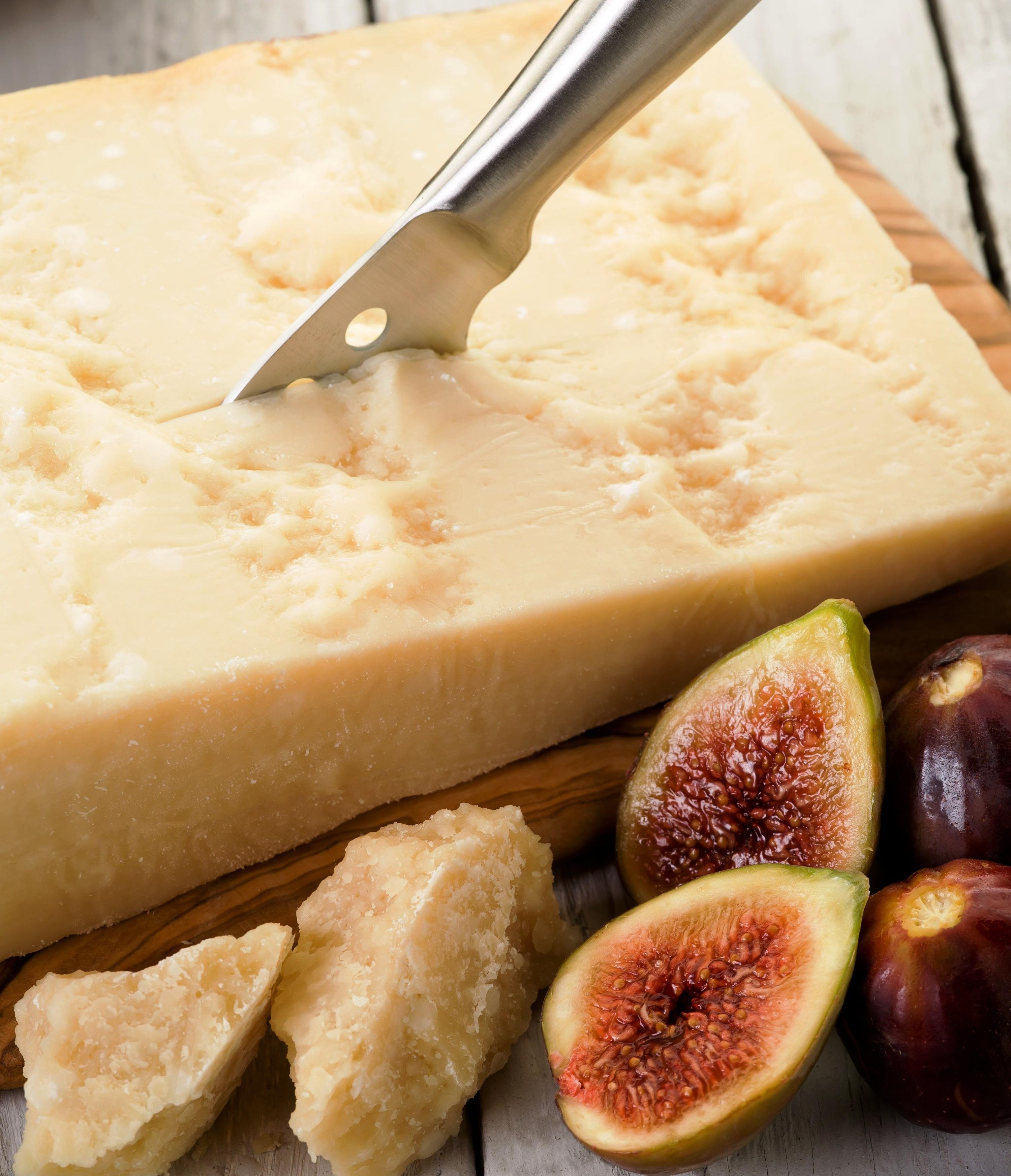
THE PERCORINO TOSCANO DOP
Pecorino Toscano is a PDO cheese, or a Protected Designation of Origin product. It obtained the prestigious recognition from the European Commission in 1996. Since then, it has been made according to the rules defined by the production specification that guarantees the product all the requirements required for bear the DOP brand. The PDO protection is an exclusive of productions linked to a double thread with the territory of origin and the people who participate in each phase of the production chain: from the breeding of cattle to the consumer's table.This means that only the cheese produced, seasoned , packaged and distributed according to the rules regulated in the Pecorino Toscano DOP Production Disciplinary is "Pecorino Toscano" and guaranteed to the consumer excellence of raw materials and production processes. It is a soft or semi-hard cheese, controlled with milk whole sheep.The type of fresco has a yellow to straw yellow rind, a white, slightly straw-colored paste and a soft texture to the touch. The flavor is fragrant, characteristic, defined as "sweet". The seasoned product has a yellow to deep yellow rind, but a second of the treatments it has undergone (tomato, ash, oil) can also be black or reddish. The paste is straw-yellow in color, with a fragrant, intense, never spicy flavor. It has a cylindrical shape with flat faces and slightly convex sides. Dimensions: diameter of the faces from 15 to 22 centimeters, height of the sides from 7 to 11 centimeters. Weight from 0.75 to 3.50 kg Marking: it is affixed to the bottom of the shape, in ink on the soft cheese and hot on the semi-hard cheese. On the preconfigured portions the marking is included in the package, provided that it takes place in the area of origin.The Pecorino Toscano DOP is produced with the help of the most modern technologies, which faithfully reproduce the procedures handed down in the previous ones. The milk, included from flocks raised on the side from the specification as "area of origin", it is coagulated within 20-25 minutes recorded by processing at a temperature between 33 and 38 ° C with the addition of calf rennet. The milk can be added to native lactic ferments, including included from the preserved vines by the Consortium for the Protection of Pecorino Toscano DOP. With the breaking of the curd, the lumps have reached the size of a hazelnut in the case of the processing of soft paste pecorino, and a grain of wheat for the semi-hard paste. curd is put into special forms for draining the whey. The pressing is recorded manually or with steam stewing. The salting is in brine or with direct addition of sale. Finally the forms are inserted in the ripening cells. The minimum period of stay is 20 days for the soft paste pecorino and 4 months (minimum) for the semi-hard paste.
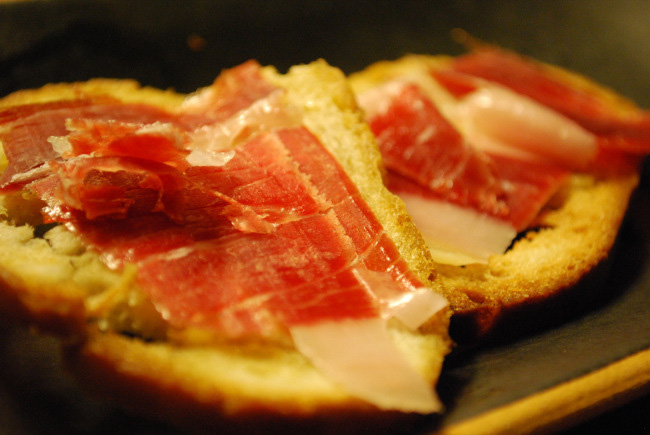
THE CINTA SENESE DOP
Cinta Senese ham is made with the hind legs of a particular and ancient pig breed called, in fact, Cinta Senese. Cinta (or belt) of Siena due to a kind of lighter fur belt in the middle of the animal's body. The animals are bred in the wild in multiple farms on the Montagnola Senese (or Montemaggio). Their meats are dry, with little fat, and very tasty. It is a middle ground between wild boar and pork ham. The price of this food is very high. The protected designation of origin (PDO) as a Tuscan cinto pig is reserved for products made with animals raised exclusively in Tuscany according to the reference specification.

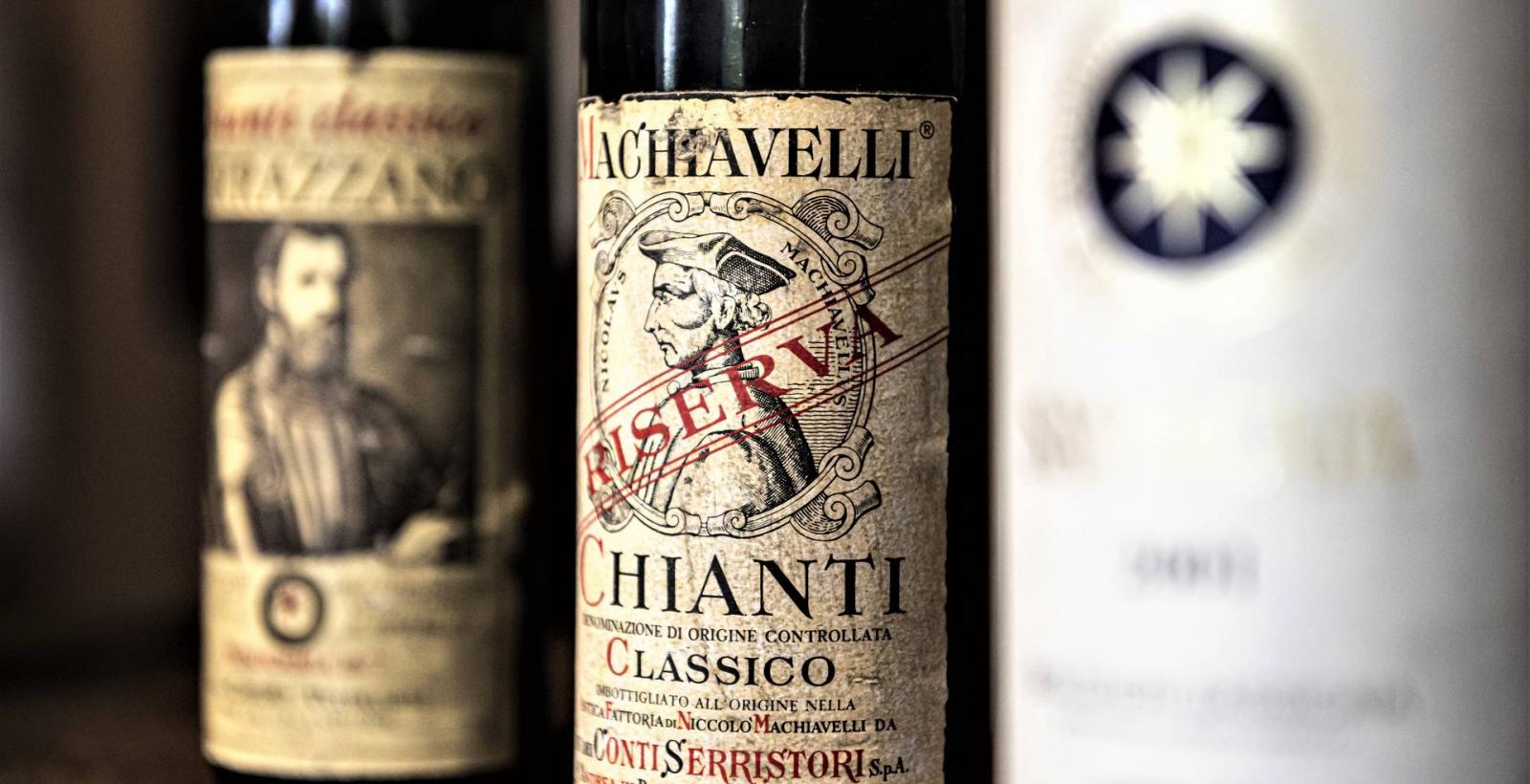



FIND US ON AND
AND 